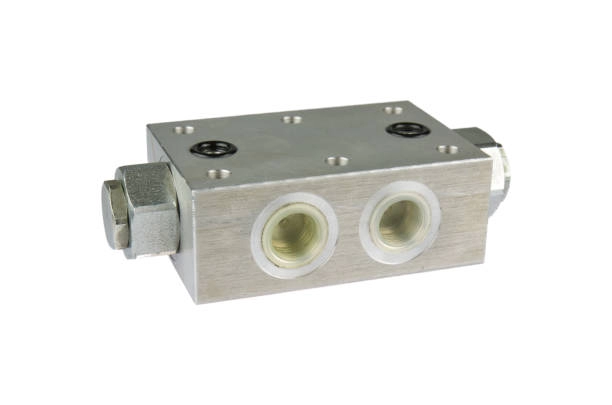
Working Principle and Application Areas of Pilot Check Calve
2024-03-071. Working principle of pilot check valve
The pilot check valve is a hydraulically controlled one-way valve. Its working principle is to utilize the close cooperation between the valve core and the valve seat to achieve one-way flow control. The valve adopts pilot control, that is, the opening on the other side of the valve controls the inflow and outflow of hydraulic oil through the pilot valve to realize the control of the valve core on the valve seat. When hydraulic oil flows in from the inlet end, a certain pressure is applied upwards, causing the valve core to open downward, and the liquid flows through the middle channel. At this time, the control chamber that is originally connected to the channel is blocked. When the hydraulic oil flows out from port B, the oil pressure on the valve core is released, and the valve core will quickly close so that the hydraulic oil can no longer flow back.
2. The function of pilot check valve
The main function of the pilot check valve is to prevent the reverse flow of hydraulic oil, thereby ensuring the normal operation of the hydraulic system and the safety and reliability of the work. When the hydraulic system stops working, the pilot check valve can maintain pressure, that is, prevent the load on the machine from flowing back along the hydraulic pipe. In the hydraulic system, the pilot check valve is usually installed on the high-pressure side of the oil line. It is mainly used to prevent the reverse flow of hydraulic oil in the hydraulic system and prevent pressure loss and oil leakage.

3. Whether the pilot check valve can make the cylinder self-locking?
Normally, pilot-operated check valves cannot enable the cylinder to achieve self-locking function, because the self-locking of the cylinder needs to be combined with equipment such as mechanical locking or advancement limiters. The pilot check valve is only one of the control components of the hydraulic system. It is mainly used to prevent the reverse flow of hydraulic oil and protect the system. It cannot replace mechanical components to achieve self-locking of the cylinder.
To sum up, the pilot check valve is an important hydraulically controlled one-way valve, which is mainly used to prevent the reverse flow of hydraulic oil and ensure the safety and reliability of the hydraulic system. However, simply installing a pilot check valve does not enable the cylinder to achieve self-locking function. It needs to be combined with equipment such as mechanical locking or advancement limiters.
4.Application areas of pilot operated valves
Pilot-operated valves are widely used in the control and regulation fields of hydraulic systems, including but not limited to the following fields:
Machine tools: Pilot valves can be used in the hydraulic transmission system of machine tools to control the movement of the hydraulic cylinder to control the clamping, positioning and machining process of the workpiece.
Metallurgical equipment: Pilot valves can be used in hydraulic systems on metallurgical equipment to control the movement of hydraulic cylinders and oil cylinders to control and adjust steelmaking furnaces, rolling mills and other equipment.
Plastic injection molding machine: The pilot valve can be used in the hydraulic system of the plastic injection molding machine to control the pressure and speed during the injection molding process to achieve the processing and molding of plastic products.
The above are just some application fields of pilot valves in hydraulic systems. In fact, pilot valves are also widely used in many other fields, covering various mechanical equipment and industrial applications.




